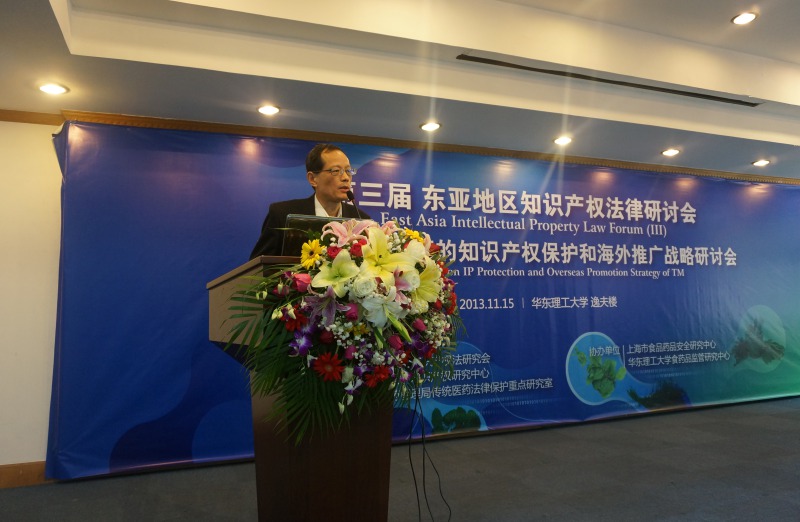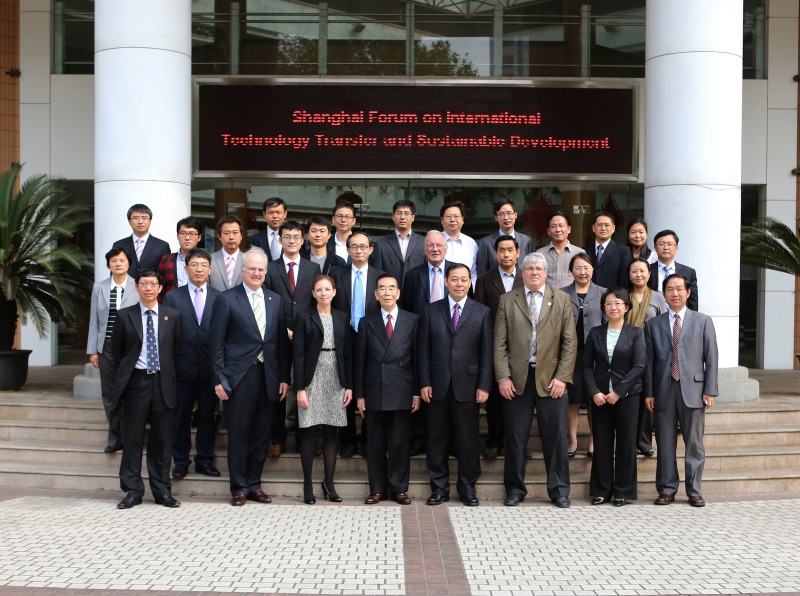Establishment of A Mechanism on Sharing the Benefits Arising from The Utilization of Marine Genetic Resources in Areas beyond National Jurisdiction
Abstract: Along with the increase in the utilization of marine biodiversity, conservation is facing challenges. The United Nations Convention on the Law of the Sea and its protocols cannot overcome these challenges. The United Nations General Assembly has mandated a working group with the aim to elaborate a new protocol, in order to address the conservation and sustainable use of biodiversity beyond national jurisdiction. Access to marine genetic resources in areas beyond national jurisdictions and sharing of benefits arising from their utilization is one of the core issues in discussion, but there is also a lack of common understanding among UN member states regarding the elements of this new protocol. In this paper, we analyze the differences and commonalities of definitions, scope, access, and benefit-sharing in the Convention on Biological Diversity, the Nagoya Protocol, and the International Treaty on Plant Genetic Resources for Food and Agriculture. Recommendations for the establishment of access and benefit-sharing mechanisms for marine genetic resources in areas beyond national jurisdictions were raised: (1) marine genetic resources in areas beyond national jurisdictions are not free to access; (2) the definition of marine genetic resources should cover marine natural products, which are derived from the metabolism of marine living organisms; (3) benefit-sharing obligation shall apply to the genetic resources are accessed before the entry into force of new protocol but are utilized after that; (4) access should be authorized by a competent authority to ensure an Material Transfer Agreement or mutually agreed terms are established; (5) simplified procedures should apply to access for noncommercial purpose, and to great threats on health and food safety, but benefits should also be shared if there is a follow-up commercialization plan; and (6) benefits should be clarified at different stages of the R&D chain, as disclosure of information and monitoring of follow-up utilization conducts are necessary to ensure benefits are shared.
Key words: biodiversity; the Nagoya Protocol; the law of the sea; marine genetic resources; bio-prospecting
This paper can be divided into two parts.
The first part analyzes the similarities and differences of basic features among the relative international legal instruments. It includes the definitions of genetic resources, jurisdiction of the instrument, access of genetic resources and utilization and sharing of genetic resources.
The second part puts forward the proposals of the new agreement. Firstly, the marine genetic resources should be well-defined. In the meanwhile , the definition of marine genetic resources should be discussed whether it covers marine natural products (being derived from the metabolism of marine living organisms) or not . On the other hand, marine genetic resources and the utilization of marine genetic resources should be defined separately. Secondly, each time schedule should be noticed in the determining of jurisdiction scope. Thirdly, as for the acquisition conditions, owners of the marine genetic resources should be confirmed at first, and then be provided for specific conditions. Finally, benefits should be clarified at different stages of the R&D chain, as disclosure of information and monitoring of follow-up utilization conducts are necessary to ensure benefits be shared.
Source:Biodiversity Science 2016(24)
next:Chinese Researchers Proved that Zika Virus Infection During Pregnancy is Expected to Heal


